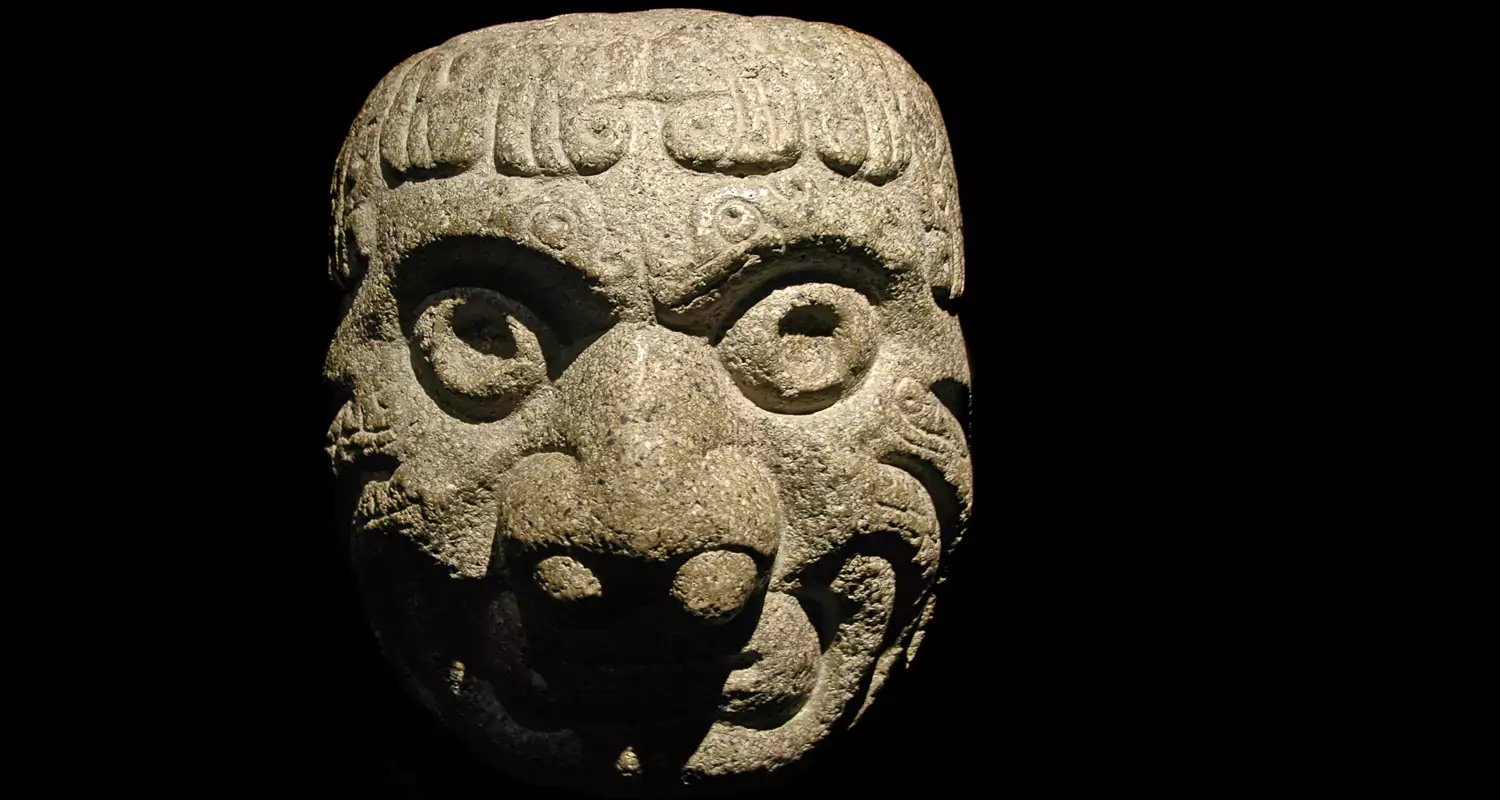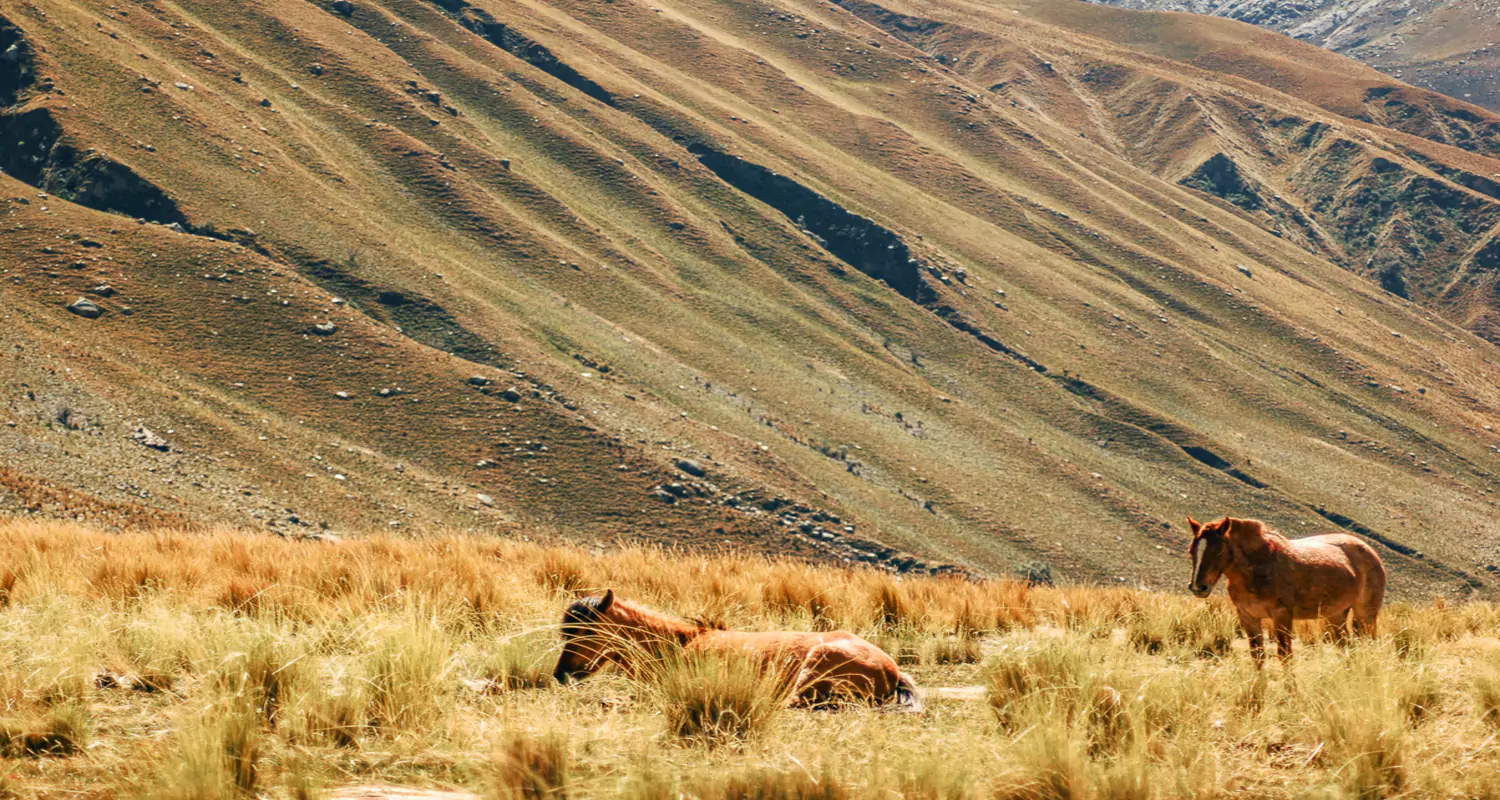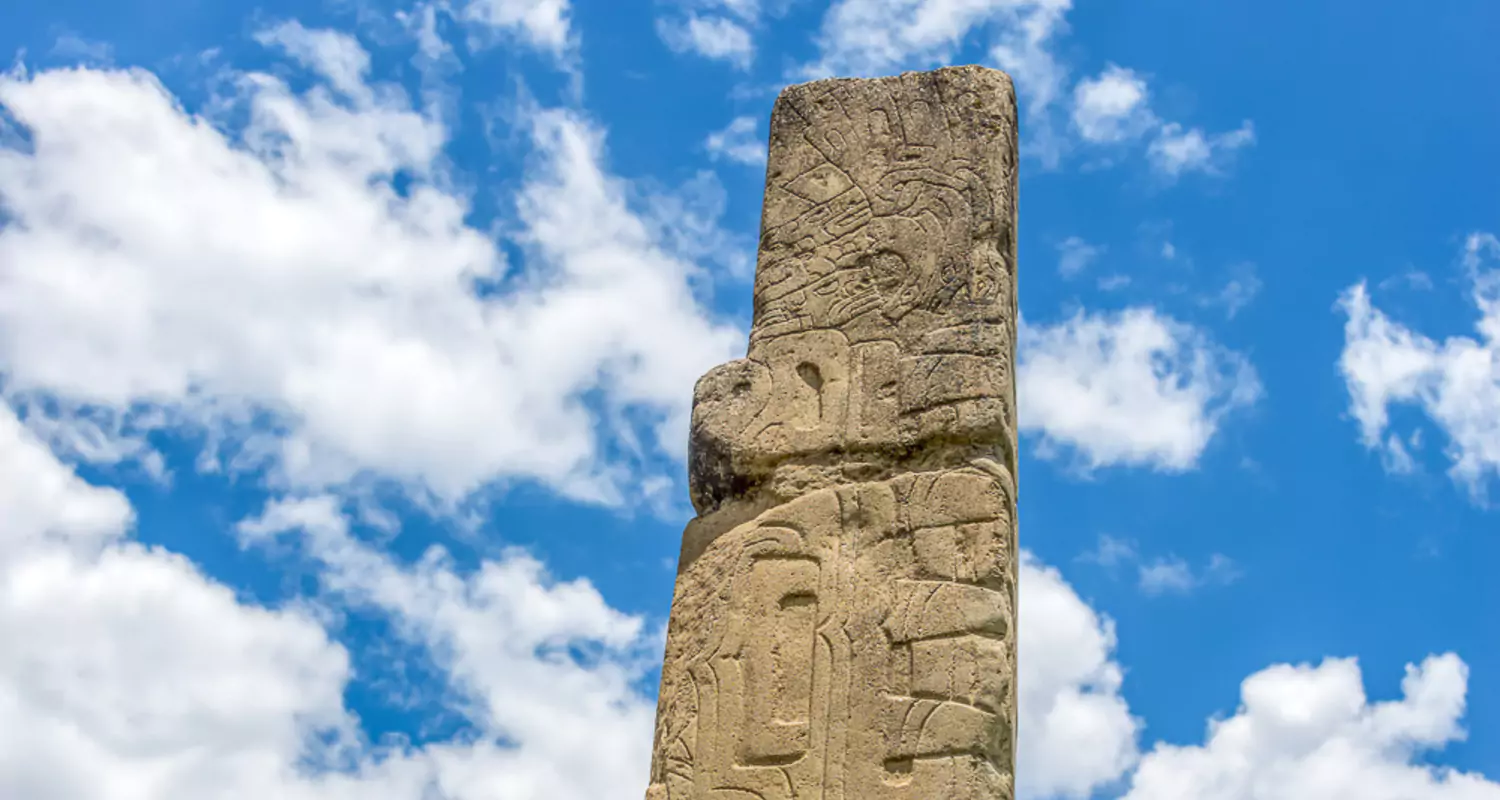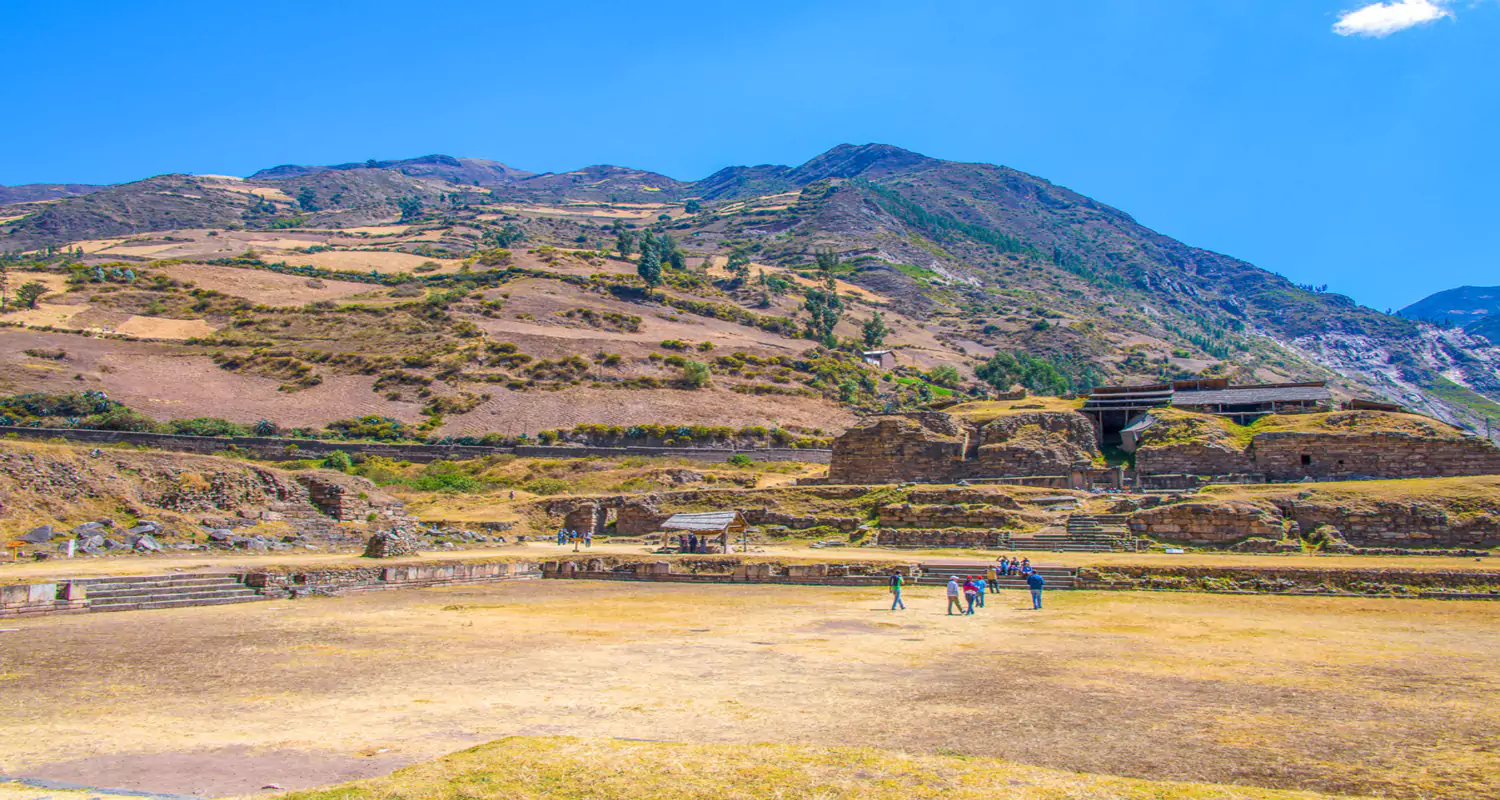ACTIVITIES
WEATHER
GETTING THERE
COMBINE WITH
Chavin de Huantar
Located in an Andean valley at 10,430 feet above sea level, the village of Chavín de Huántar was constructed near one of the oldest and most intriguing of Peru’s pre-Columbian sites. The culture that developed here between 1500 and 300 BC has been named “Chavin” by modern archaeologists. This powerful civilization extended up and down the Pacific Coast, from Cajamarca in the north to Pachacamac in the south.
Cultural hallmarks included stylized pottery, intricately carved stelae, and a complex religion of temple worship and oracles. The ancient city now known as Chavín de Huántar developed in successive waves over twelve centuries, serving as the culture’s political and religious center. It is located near the convergence of two rivers, a topographical feature laden with cosmological significance—hypothesized as the harmonious meeting of the self, or the union of opposing forces.
Chavin de Huántar also lies at the convergence of mountains, jungle, and coastal plain. Snowcapped Huantsan Peak, gleaming in the distance at 20,896 feet above sea level, provides additional inspiration.

The Castillo Temple
Highlights of Chavin de Huantar include an enormous plateau pyramid, a circular plaza, subterranean galleries, zoomorphic carvings, a 12-foot granite monolith, stone staircases, and numerous temples. Some of the constructions are astonishingly complex. The Castillo temple is believed to have “roared” on demand, when stored water was flushed through a network of stone-lined vents and drains. While many of the structures are in a poor state of conservation—due in part to a 1945 landslide and a 1970 earthquake—preservation efforts are improving.
The National Museum of Chavín displays pottery, bas-reliefs, jewelry, and carved heads from the site. The museum’s centerpiece is the massive Tello Obelisk, which was returned from the national archeological museum in Lima in 2008.

What to do Chavin de Huantar
Visitors to Chavin de Huantar are often most interested in The Castillo temple and The National Museum of Chavín. LANDED arranges privately guided experiences with our clients’ unique interests in mind. We can help you arrange visits to the above mentioned sites. Although impressive, it is difficult to understand these sites without the direction of an expert guide.

What is the Weather Like?
Chavin de Huantar is located in high altitude tropics. The region’s temperatures do not change much seasonally. The yearly average maximum temperature in Chavin is 68°F. Nights are colder, with an average minimum temperature of 44°F. November till April experience frequent rain, with February and March being the rainiest months.
These averages are changing, please check extended weather forecasts using your favorite weather app prior to departure.

Getting There
The closest airport to Chavin de Huantar is in Huaraz, about an hour’s flight from Lima. The drive from Huaraz takes approximately 2.5 hours, a significant portion of which is on winding, unpaved mountain roads.
Start your journey today
LANDED delivers the finest in custom, private travel to Central America, South America, and Antarctica. These regions are our passion; we know them first-hand and by heart. Speak with one of our travel designers and let us create a tailored itinerary for you in Peru.
How to combine Chavin de Huantar
Have some extra time? Here are some options for you to combine with

Cusco

Lima

Machu Picchu

The Sacred Valley



